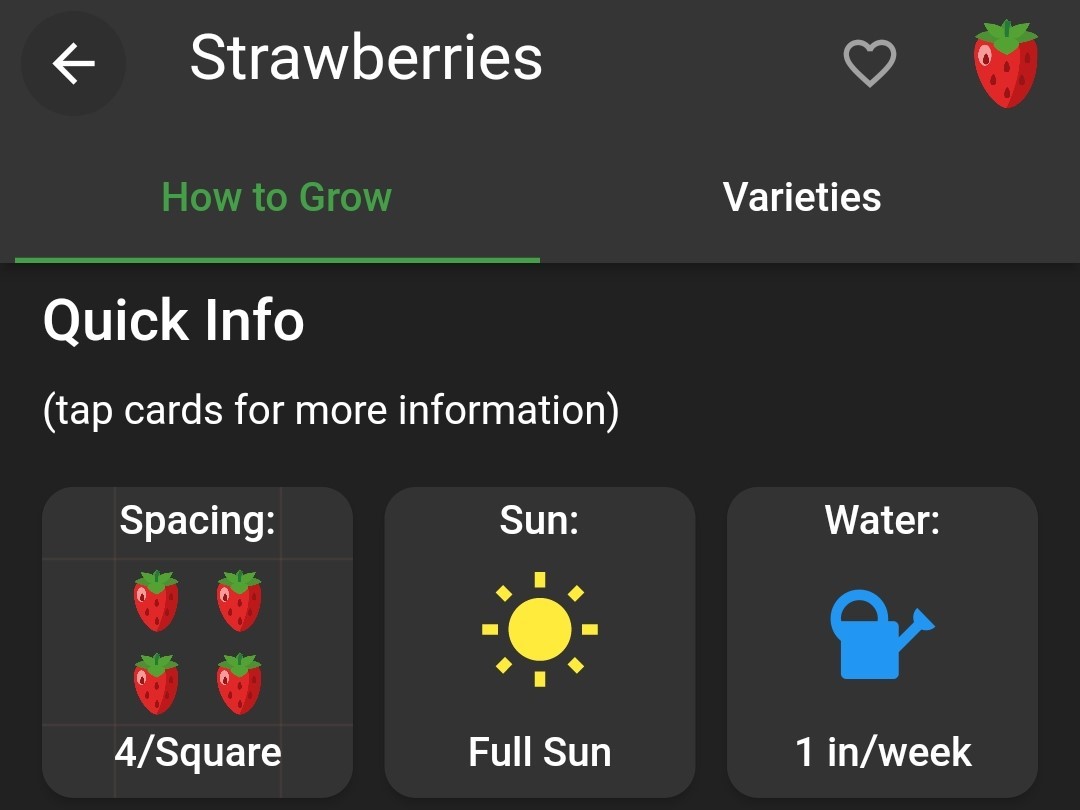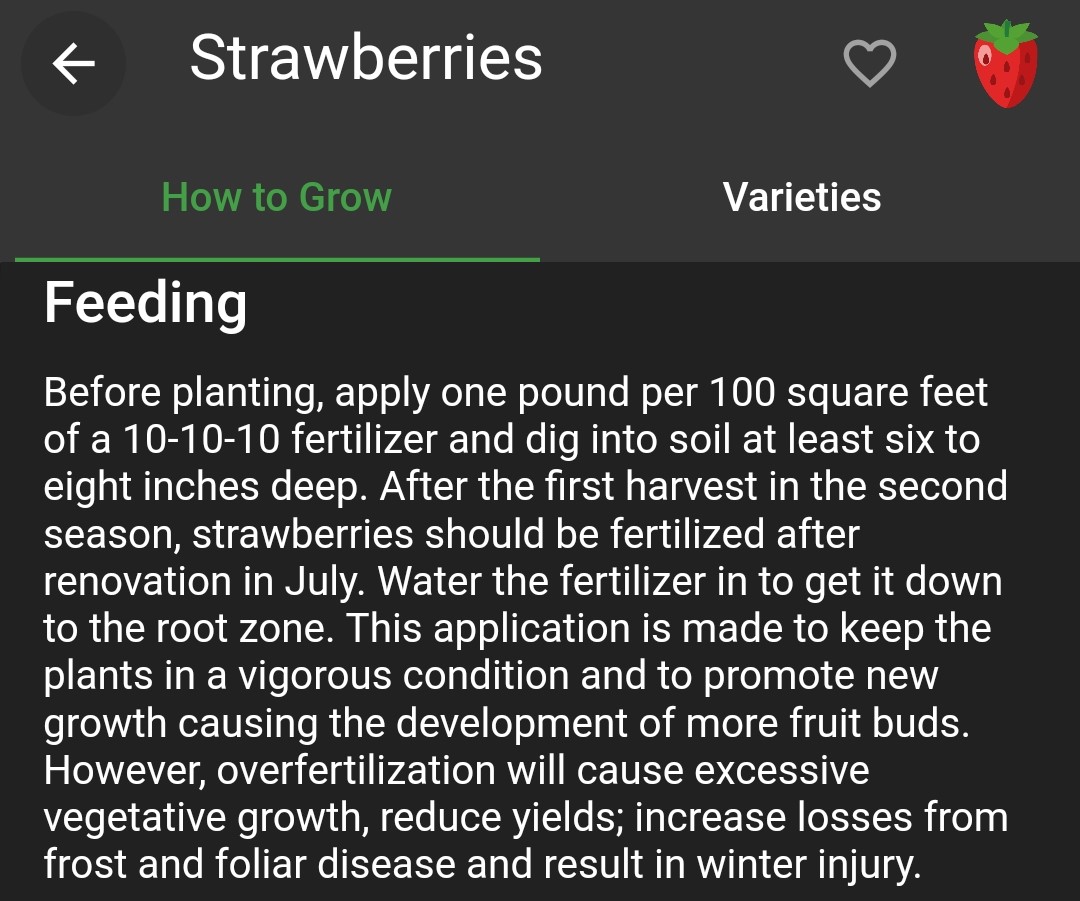Adding a berry patch to your garden isn’t a quick win. It can take up to several years’ for the plants to start producing fruit. But with a bit of work and patience, you can enjoy sweet, delicious berries fresh from the garden!
Why Add Berry Plants to Your Garden?
There are many reasons to add berry plants to your garden (not only to eat berries!)
- Berry plants are perennials- they continue growing year after year. They don’t require much upkeep compared to annual crops that need to be nurtured along every growing season.
- Garden-grown berries are more flavorful than the standard grocery store berries. Not to mention how much berries can cost at the store!
- Many berry plants are beautiful to look at and can be grown as part of an eye-catching edible landscape.
- Pollinators love the flowers too, and attracting pollinators to your garden is beneficial for all your fruiting plants.
How to Select Berry Plants
When it comes to choosing which berries to plant, there is a dizzying array of options!
Since berries are perennials, make sure the variety you chose is hardy in your growing zone. Berries also need a minimum number of “chill hours” (essentially, hours below 45°F or 7°C) to produce fruit. If you’re in a zone that has shorter winters, you may need to look into “low-chill” varieties.
With raspberries and blackberries, there are erect, semi-erect, and trailing varieties, referring to how the canes grow. Trailing varieties need to be trellised where erect varieties need minimal support, if any. There are summer-bearing and fall-bearing (also known as everbearing) varieties. Summer-bearing produce one crop of fruit in the summer, where fall-bearing can produce one or two crops from summer to early fall. With raspberries there is color to consider, primarily red, purple, and black. Red raspberries have special knack for spreading, so you may want to look into compact, container-friendly varieties. There are even “thornless” varieties for pain-free harvesting!

Strawberries varieties can also be grouped into a few types: everbearing, June-bearing, and day-neutral- again this mainly refers to when they produce fruit during the season. Everbearing and day-neutral varieties do not produce as many runners as June-bearing, which may be a benefit if you want to control how much your strawberries spread.
Blueberries need acidic soil (PH of roughly 4-5) to grow well. Sort out how you are going to acidify your soil, if needed, before purchasing your blueberry plants. Blueberry varieties are grouped into several types: lowbush (wild), northern highbush, southern highbush, and rabbiteye, which have different preferred growing climates and berry characteristics. Some blueberry varieties need to be cross-pollinated to produce fruit. This means they need another, different variety of blueberry (of the same type) planted nearby.
Flavor is a consideration when choosing berry varieties, but it can be hard to gauge if you’ve never tasted the berry. You can also branch out and try growing berries that might not be as familiar, such as gooseberries, currants, or elderberries (just to name a few!)
How to Plant Berries
For the most part berries need a full-sun location in the garden, and it can help to have some shelter from wind. If you are planting June-bearing strawberries or spreading raspberries, think about how you will contain the sprawl.
Berries are generally planted in spring once the ground is workable and the danger of a hard freeze has passed. It can be challenging to grow berry plants from seeds; most gardeners plant either bare root stock or potted berry plants. If planting bare root berries, soak the roots before planting- 20 minutes for strawberries, 1-2 hours for woodier berries. Dig a hole deep enough so the crown (where the roots meet the stem) is level with the soil surface, but do not bury the crown.
Apply a generous layer of mulch around the base of the plant after planting.
Caring for Berries
Once your berries are planted, the hard part is done! Check Planter for all the details you need to care for your berry plants:


Add some compost and mulch to the base of your berry plants each year. For blueberries, continue with acidifying treatments, if needed. As your plants grow, you may need to protect them from hungry birds and other critters in your area.
The only real maintenance your berries need is pruning (or for strawberries, an occasional cleanup called ‘renovating’). Pruning berry plants properly is crucial for fruit production. When to start pruning and pruning technique varies depending on the type and variety of berry, so research this carefully for the berries you grow.
Add berry plants to your garden (or landscape!) and you will be enjoying the fruits of your labor for many years to come.
